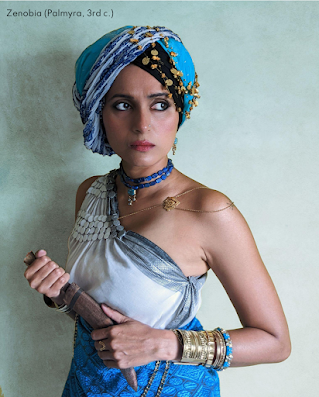Tomiris – a Mother's Vengeance

A Mother’s Vengeance In the 6th century BCE, the Central Asian Steppe was a vast and hostile terrain, where the warlike Scythians, the original horselords of the ancient world, reigned supreme. Her husband dead, her son captured by Cyrus the Great, and her people under attack, Tomiris, queen of the Massagatae (associated with the Scythians), might have felt she had little to lose. Having refused Cyrus’ offer of marriage, Tomiris knew she would have to brace her people for open war with the most powerful man alive at the time. With the Achaemenid armies closing in on her lands, she sent out a defiant message: “King of Persia…Be content to rule in peace your own kingdom, and bear to see us reign over the countries that are ours to govern.” It was when her son Spargapises died in captivity under Cyrus’ armies (by some accounts killing himself), that an enraged Tomiris gathered every single force in her command and attacked, eventually defeating them. According to the ancient Greek h...















